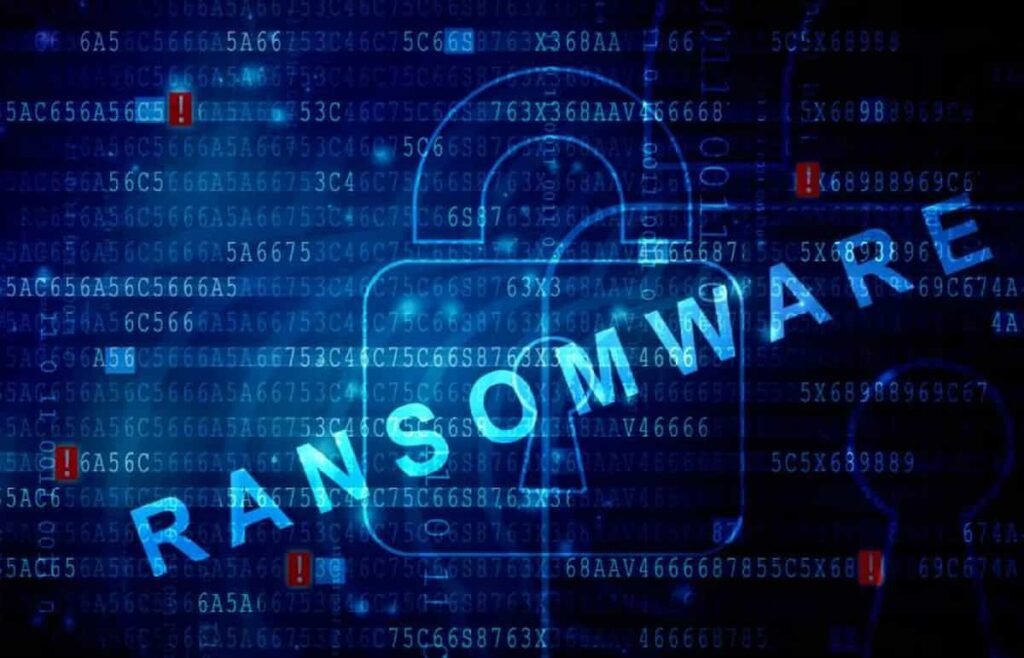Ransomware has become one of the most dangerous and widespread cyber threats of our time. These malicious programs are designed to block access to files or entire systems—demanding payment, often in cryptocurrency, to unlock them.
Whether you’re an individual or a business, understanding how ransomware works—and how to prevent it—is essential to staying safe in the digital age.
🧨 Ransomware: Meaning and Impact
At its core, ransomware is a form of malware (malicious software) that encrypts your files or restricts system access, then demands a ransom in exchange for recovery.
These attacks are typically delivered via infected files disguised as legitimate content—like PDFs, ZIP archives, or executable programs. Once opened, the malware silently installs and begins its encryption routine.
Two Main Types of Ransomware
- Crypto-ransomware: Encrypts files and demands a password (available only after ransom payment).
- Locker ransomware: Locks the entire system, making it unusable until payment is made.
📥 How Ransomware Infects Your System
Ransomware spreads primarily through:
Phishing emails
Email di phishing con allegati infetti o link dannosi che possono compromettere i dati sensibili o installare malware sui sistemi aziendali.
Siti web compromessi
Siti web compromessi o annunci online dannosi (malvertising) che possono infettare i dispositivi degli utenti durante la navigazione.
Vulnerabilità RDP
Vulnerabilità del Remote Desktop Protocol (RDP) che possono essere sfruttate dagli attaccanti per accedere non autorizzato ai sistemi.
Software non aggiornato
Software non aggiornato o impostazioni di sicurezza obsolete che contengono vulnerabilità note che gli attaccanti possono sfruttare.
